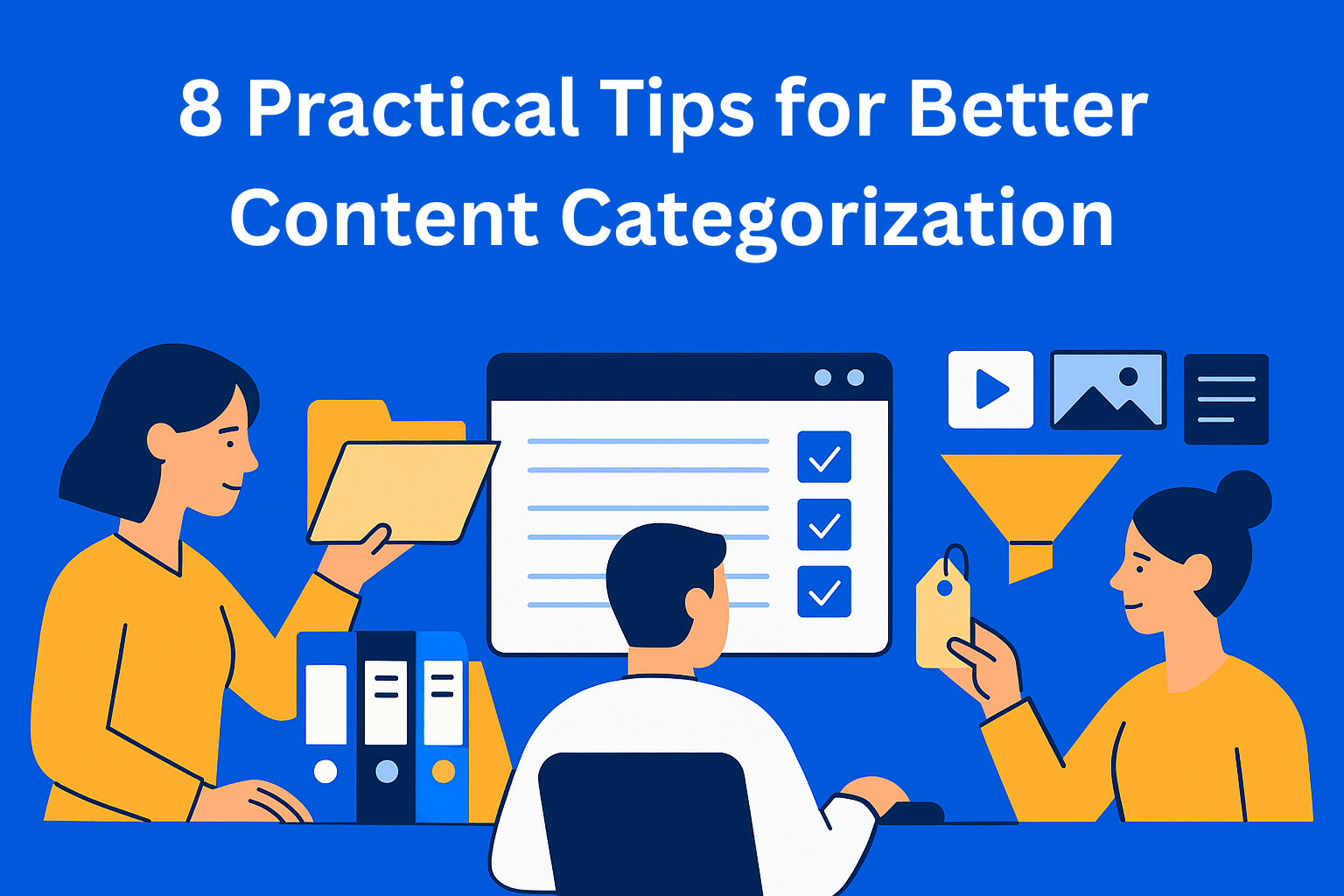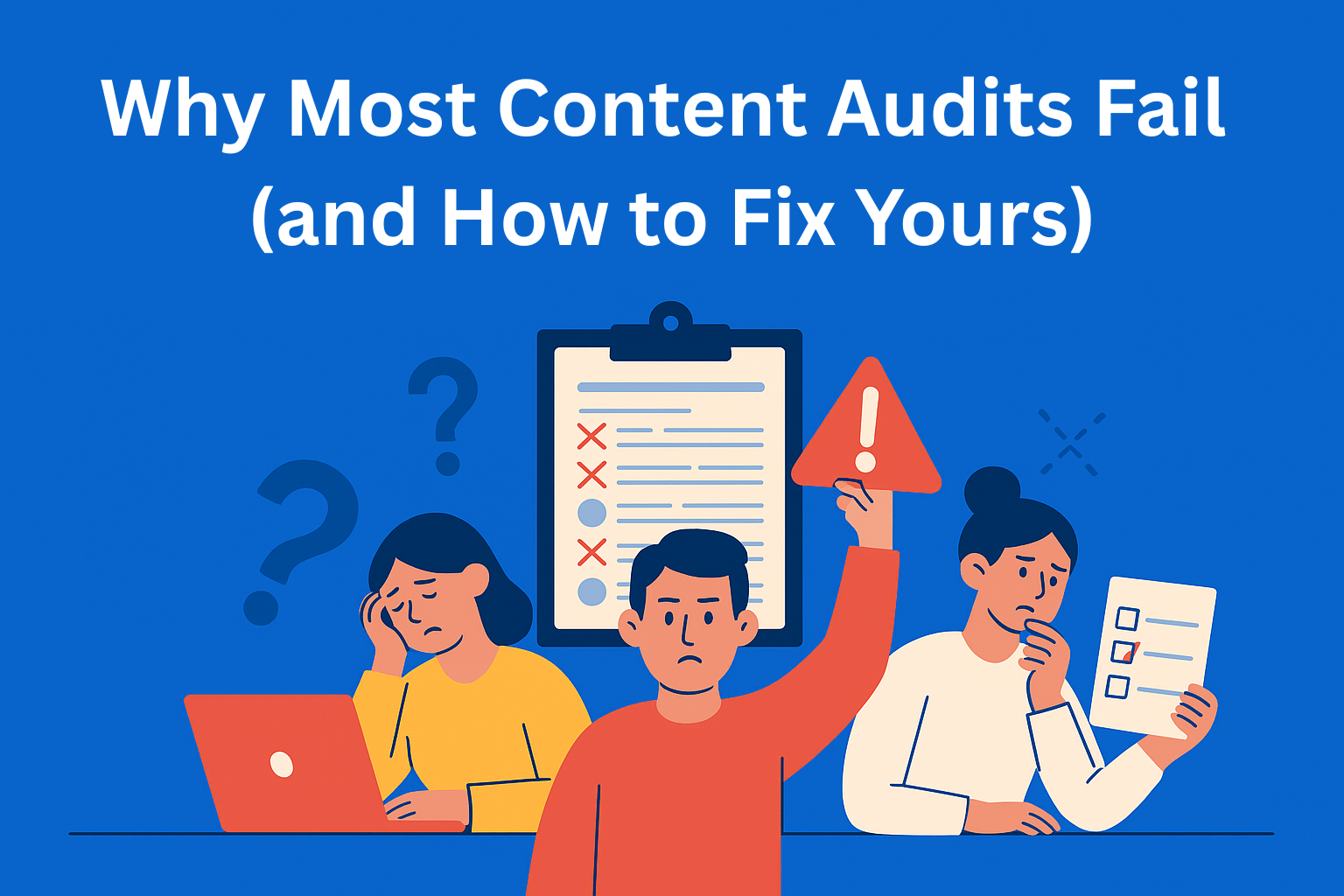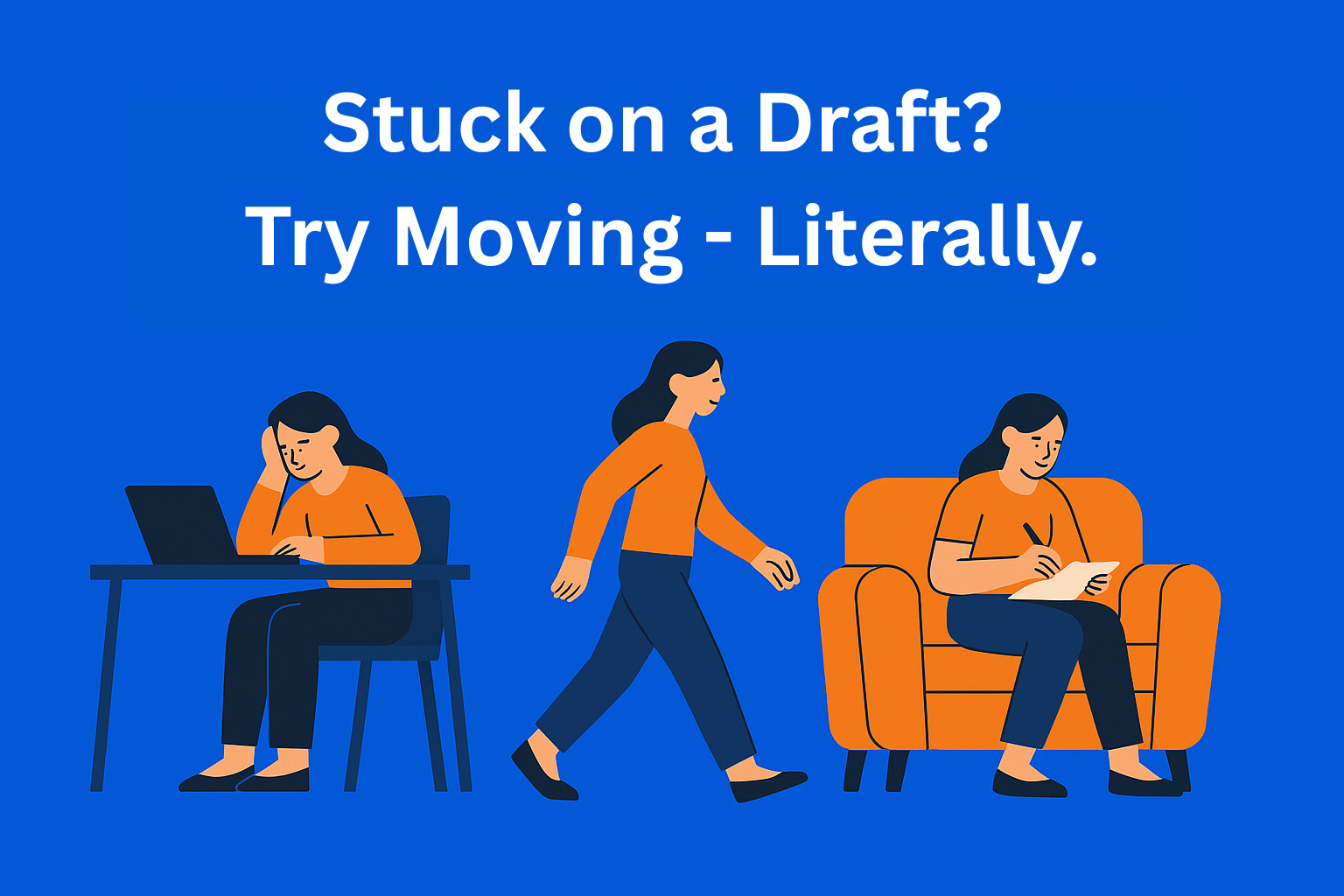The Annual Cleanup: Organizing Your Content Library Before a New Year Starts
A clean and organized content library sets the stage for a smoother, more productive new year. Learn how a simple annual cleanup helps you review, declutter, and centralize your files so your team starts the year fresh and focused.

As the year comes to an end, most teams start thinking about plans for the next season - new ideas, fresh campaigns, and better results. But before stepping into a new cycle, there’s one important step many people skip: the annual cleanup and organization of the content library.
Organizing your content may sound boring, but it actually saves a huge amount of time and prevents valuable materials you’ve already created from getting lost. So let’s walk through a simple, easy-to-follow process, even if you’ve never done this kind of cleanup before.
Key Takeaways
- An annual content reset creates clarity - reviewing your entire archive reveals what’s still useful, what needs an update, and what no longer serves a purpose.
- Standardization saves time - clear file names, consistent formats, and a simple folder structure prevent confusion and make content easier to find.
- Deep cleaning removes hidden clutter - outdated drafts, duplicates, and old versions slow teams down more than they realize.
- Centralizing your library prevents content loss - keeping everything in one system improves collaboration, version control, and overall workflow.
- Maintenance rules keep your system clean - small monthly checks and clear guidelines ensure your content library stays organized throughout the year.
Why an Annual Content "Reset" Matters
Throughout the year, content piles up without you even noticing. Drafts, working versions, final files, unfinished ideas, duplicates, and materials that never get used - all of this is normal in any creative process. The problem appears when everything keeps stacking up without any kind of structure. In messy folders and systems, even the most useful content can easily disappear.
If you want the new year to start more simply and clearly, then you need an annual "reset." It helps you see what you have, what you no longer need, and what you can build on. It also makes teamwork easier because everyone knows where everything is. When your content library is organized, productivity naturally increases.
Step One: Reviewing Your Existing Content
A review means going through everything that exists in your archive. It’s simple - you just need to be thorough. Go through all the files, whether they are blogs, documents, visuals, videos, presentations, or internal notes. This process helps you understand what you actually have.
The goal is to identify four types of materials:
- Content to keep - relevant, high-quality, and still useful.
- Content to update - good foundation, but with outdated data or style.
- Content to repurpose - ideas that can become something new.
- Content to delete - duplicates, unfinished drafts, and low-value materials.
When this step is done properly, you get a clear base for everything that follows. The review is the first step toward making your content library clear and easy to use.
Step Two: Aligning Formats and Standardizing
One of the biggest issues in most teams is the lack of standards. Files often have random names, folder structures don’t make sense, and formats are inconsistent. That’s why searching for content can take forever.
Standardization means making everything look consistent, creating a clear system, and ensuring each file is easy to recognize. That includes:
- clear and simple file names - so you instantly know what something is,
- a simple and logical folder structure - so everything is easy to find,
- consistent formats whenever possible - so you don’t end up with dozens of versions of the same file,
- consistent tagging - so files can be quickly filtered and searched.
This step isn’t complicated. Your team just needs to agree on how the system should look and stick to it. Once things are organized, work becomes faster and easier because there’s no confusion or endless searching.
Step Three: Deep Cleaning Your Folders
This part is similar to classic “spring cleaning,” but in a digital space. Folders often contain many old versions that nobody uses anymore. There are files that are outdated, materials that were never finished, and things no one needs.
Deep cleaning means opening each folder and asking:
- Is this the latest version?
- Do I really need this file?
- Is there a duplicate?
- Can something here be merged or deleted?
Once you go through everything, your folders gain a completely new level of clarity. No excess, no confusion, and no unnecessary clutter.
Step Four: Centralizing Content in One System
One of the most important things in content organization is keeping everything in one place. When files are scattered across platforms, computers, folder names, and private archives, the chance of losing something valuable is huge.
That’s why it’s a great idea to centralize everything into one system or tool your team uses. This can be any platform, but it should allow easy searching, clear versioning, and simple file sharing. A platform like EasyContent offers exactly that - an organized space, version control, teamwork features, and overall clarity.
When you move everything into one place, your work becomes much simpler. You don’t have to look for files everywhere, send documents through multiple channels, or hunt for old versions. Everything is in one clear, easy-to-find location.
Rules for the Year Ahead
Once you clean up your content library, the worst mistake is letting it fall back into chaos. That’s why you need clear, simple rules for maintaining the system.
This can include:
- a quick monthly folder check,
- a quarterly mini-review,
- clear guidelines for naming and archiving files,
- a team-wide agreement on how new content should be stored.
When everyone follows the same rules, clutter never returns the way it used to. Maintenance becomes natural and easy.
Conclusion
An annual cleanup of your content archive is not complicated. All you need is a bit of time and a few clear steps. When you organize your content library, you end up with a clean, structured space that’s ready for all the new ideas coming your way.
Starting the year like this leads to higher productivity, less stress, and much better organization. In fact, this is one of the simplest ways to improve your strategy and the entire team’s workflow.
If you want to start the year fresh and organized - now is the perfect time for your annual cleanup.






